Shang-Chi and the Legend of the Ten Rings was constructed in part as an homage to classic Hong Kong action cinema.
Jackie Chan is a huge influence on the film. The cast includes Yuen Wah, who studied at the Peking opera school with Chan. The film is dedicated to the memory of stunt director Brad Allan, who was Chan’s “protégé.” The stunt crew included other Jackie Chan collaborators like fight coordinator Andy Cheng and fight choreographer Peng Zhang. Stunt coordinator Mark Ginther stated that the team was trying to capture “the flavor of Jackie.”
Several of the big action set pieces in Shang-Chi and the Legend of the Ten Rings include overt shoutouts to Jackie Chan’s filmography. Shang-Chi’s (Simu Liu) use of his jacket during a fight on a bus recalls a similar move in Rumble in the Bronx, Chan’s introduction to American audiences. There’s a set piece on bamboo scaffolding, specifically emulating Rush Hour 2. Producer Kevin Feige has talked about how the production team wanted to capture “the purity of those martial art fights.”
This is an aspect of how Marvel Studios productions are packaged and solid. Perhaps wary of the (oft-threatened but never-arriving) superhero fatigue, Marvel tends to package its movies as genre hybrids. Captain America: The First Avenger was described by writer Stephen McFeely as “a war movie first and foremost.” His writing partner Christopher Markus described Captain America: The Winter Soldier as a “political, Brian De Palma-William Friedkin kind of film.”
These descriptions are not entirely convincing. If The First Avenger is a Second World War movie, it is inexplicably one entirely without Nazis. If The Winter Soldier is a conspiracy thriller, it is one entirely without the sort of introspection and cynicism that defines the genre. These movies inevitably escalate to a climax built on epic world- or universe-altering stakes rendered in suffocating amounts of computer-generated imagery.

In comic books, there is something called “the house style,” the idea that artists must always ensure that their work adheres to a certain set of stylistic conventions. The Marvel Cinematic Universe has a strong house style. This applies to the look and sound of these movies, but also to their narrative conventions. Shang-Chi and the Legend of the Ten Rings cannot escape this house style, and its most interesting aspects are inevitably smothered under it.
For all that Shang-Chi and the Legend of the Ten Rings is marketed as having a distinct action aesthetic compared to the other movies in the shared universe, the climax still involves armies of characters wrestling with one another in a wide open field — just like the climaxes of Black Panther, Avengers: Infinity War, and Avengers: Endgame before it. The characters face an anonymous computer-generated horde raining death from above like in The Avengers or Thor: The Dark World.
The movie’s central emotional conflict between Shang-Chi and his father Wenwu (Tony Leung) is resolved with about half an hour of runtime left, in which the screen is largely dominated by color-coded energy blasts and computer-generated monsters. It’s a long way from director Destin Daniel Cretton’s cited influences like The 36th Chamber of Shaolin and even the more cartoonish elements of Kung Fu Hustle. It feels more like Black Widow or Endgame than any of its alleged inspirations.
This is frustrating on a number of levels. Most obviously, Shang-Chi and the Legend of the Ten Rings is supposed to represent a new beginning for the franchise. The “Infinity Saga” came to an end with Endgame, but all of the films and shows since have played like an extended epilogue. Shang-Chi is the first new protagonist to emerge in the wake of Endgame. This should push the boundaries of the shared universe, challenge audience expectations, and offer something new to viewers.

Shang-Chi himself is an interesting character to herald the arrival of this new age. The character first appeared in the pages of Special Marvel Edition #15 and was so popular that the book was quickly rebranded Master of Kung Fu. The comic ran for over 100 issues, making it a massive success — albeit one that Marvel themselves could not repackage for decades owing to rights issues. While somewhat dated, that comic book run is well-regarded by fans of the medium — including this one.
While Master of Kung Fu occasionally featured appearances from characters like Man-Thing or Doctor Doom, and while Shang-Chi occasionally popped up in books like Marvel Team-Up, the hero existed at a remove from standard superheroes. Shang-Chi operated in a world of spies and combat. Indeed, it was the character of the Immortal Iron Fist, who first appeared in Marvel Premiere #15 around six months after Shang-Chi debuted, who tied together martial arts and superheroism.
Master of Kung Fu was just one of a wave of highly popular and successful monthly titles that Marvel published during the 1970s that existed largely outside the standard superhero template. Writer and future editor-in-chief Roy Thomas pushed the company “to branch out and do other fields.” This resulted in classic and influential (and successful) extended runs on titles like Conan the Barbarian and The Tomb of Dracula during the decade, adding variety to the publisher’s output.
This is an interesting point of comparison, but The Tomb of Dracula also made a major new addition to the comic book canon with the introduction of Blade. For the first two decades of his existence, Blade was something of a cult and fringe character. However, a quarter of a century after his first appearance, the half-human vampire hunter would inadvertently kickstart the modern comic book blockbuster boom.

Many histories of the modern superhero genre tend to overlook Blade in favor of later films like Bryan Singer’s X-Men or Sam Raimi’s Spider-Man, but the film was a breath of fresh air for a genre that was still reeling from embarrassments like Batman & Robin or Steel. At a point where it seemed like nobody could get comic book movies to work, Blade proved that these sorts of movies could be viable. More than that, it did this by actually hybridizing them with classic Hong Kong action cinema.
Blade is undoubtedly a product of its time. The special effects have not aged particularly well. The vampires look like they could be modeling with Kate Moss. The film is more than a little goofy in places. However, it has a curiosity about genre that is sorely lacking from Shang-Chi and the Legend of the Ten Rings. Indeed, the film is also a clear descendant of blaxploitation in its none-too-subtle subtext about villains obsessed with blood purity and its skepticism of law enforcement.
Hong Kong action cinema likewise heavily informed the film in various respects. The part of Deacon Frost was allegedly originally offered to Jet Li, in what would have been his first Hollywood role. Hong Kong action legend Donnie Yen, who worked as an actor and choreographer on Blade II, noted, “The first Blade film was very innovative. It had ‘Hong Kong action’ written all over it.” Dr. Craig D. Reed argued that one can chart Hollywood’s obsession with Hong Kong cinema action through the Blade trilogy.
To be fair, Hollywood of the era was very engaged with Hong Kong cinema. John Woo was making major American blockbusters like Broken Arrow and Face/Off. The Wachowskis recruited martial arts choreographer Yuen Woo-ping to work on The Matrix. On the more prestigious side of the equation, Hong Kong acting legend Chow Yun-fat would headline Ang Lee’s Crouching Tiger, Hidden Dragon, a smash commercial and awards success in the United States.

Frustratingly, Blade feels like much more of a martial arts film than Shang-Chi and the Legend of the Ten Rings. Lead actor Wesley Snipes studied martial arts from the age of 12, allowing him to do most of the fight sequences himself. In contrast, according to Simu Liu, the bulk of his martial arts experience before being cast in Shang-Chi and the Legend of the Ten Rings was “backflipping in [his] backyard when [he] was a teenager and doing parkour with [his] friends.”
There’s a tendency to assume that long takes are what make a great martial arts film — the idea that the ability of the camera to hold on performers for an extended period without cutting away is proof of craft. While the long takes in shows like Daredevil are exhilarating, that’s just part of it. It’s also about framing shots so that the audience can clearly see the performers, positioning the camera so the viewer trusts what they are seeing, and ensuring that the world of the characters feels tactile so the audience believes these things are actually happening.
Shang-Chi and the Legend of the Ten Rings constantly uses computer-generated imagery to clutter scenes that would feature otherwise impressive set pieces — whether the flirtatious meet cute between Wenwu and his future wife Jiang Li (Fala Chen) against a frustratingly computer-generated backdrop, or a fight scene on a bus that keeps showing computer-generated exteriors. The camera is constantly positioned and moving in ways that emphasize the artificiality of it all.
In contrast, for all its dodgy and dated special effects, Blade embraces the aesthetic of Hong Kong action cinema. This is reflected in everything from the movie’s fascination with wheel kicks to its committed foley work. It could be argued that no superhero actor has even been as good at posing as Wesley Snipes. At one point, Blade kicks a character in the crotch so hard they fly through the air. At another point, he tears out one goon’s throat and throws it at another.

Blade is unashamed of itself. The frantic editing embraces the impressionistic flair of Hong Kong action movies. At several points, a quick cut will show the audience what Blade is thinking, whether making a connection between Dr. Karen Jenson (N’Bushe Wright) and his mother (Sanaa Lathan), or a goon begging for mercy and his brutally murdered mentor Whistler (Kris Kristofferson). Roger Ebert noted that the film includes its own spin on the Hong Kong action classic “flying guillotine.”
There are things to appreciate in Shang-Chi and the Legend of the Ten Rings. Perhaps the best argument to be made for the movie’s generic third act is the way in which it aggressively reappropriates many elements that the Iron Fist mythology had carelessly lifted from Asian cultures. If Danny Rand (Finn Jones) couldn’t shut up about his mystical hidden city with a cool dragon that Netflix was never going to pay for, surely Shang-Chi is just as entitled to those things on a Marvel Studios budget? People are rightfully celebrating the movie as a breakthrough for representation.
At the same time, it’s disappointing that a celebration of Hong Kong action cinema has to bend to fit the rules of the house style, that the Marvel Studios aesthetic is so hegemonic that everything warps towards it. When he first appeared nearly half a century ago, part of what was appealing about the character of Shang-Chi was that he wasn’t just another superhero. Shang-Chi and the Legend of the Ten Rings sees this as a problem to fix.

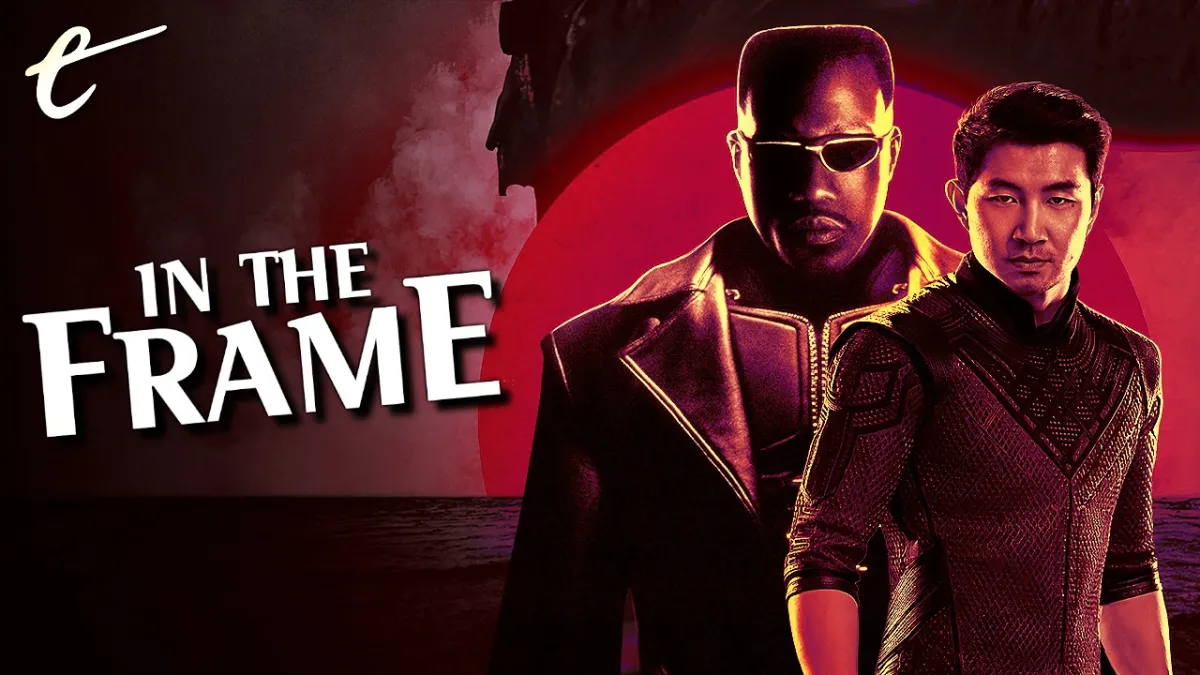




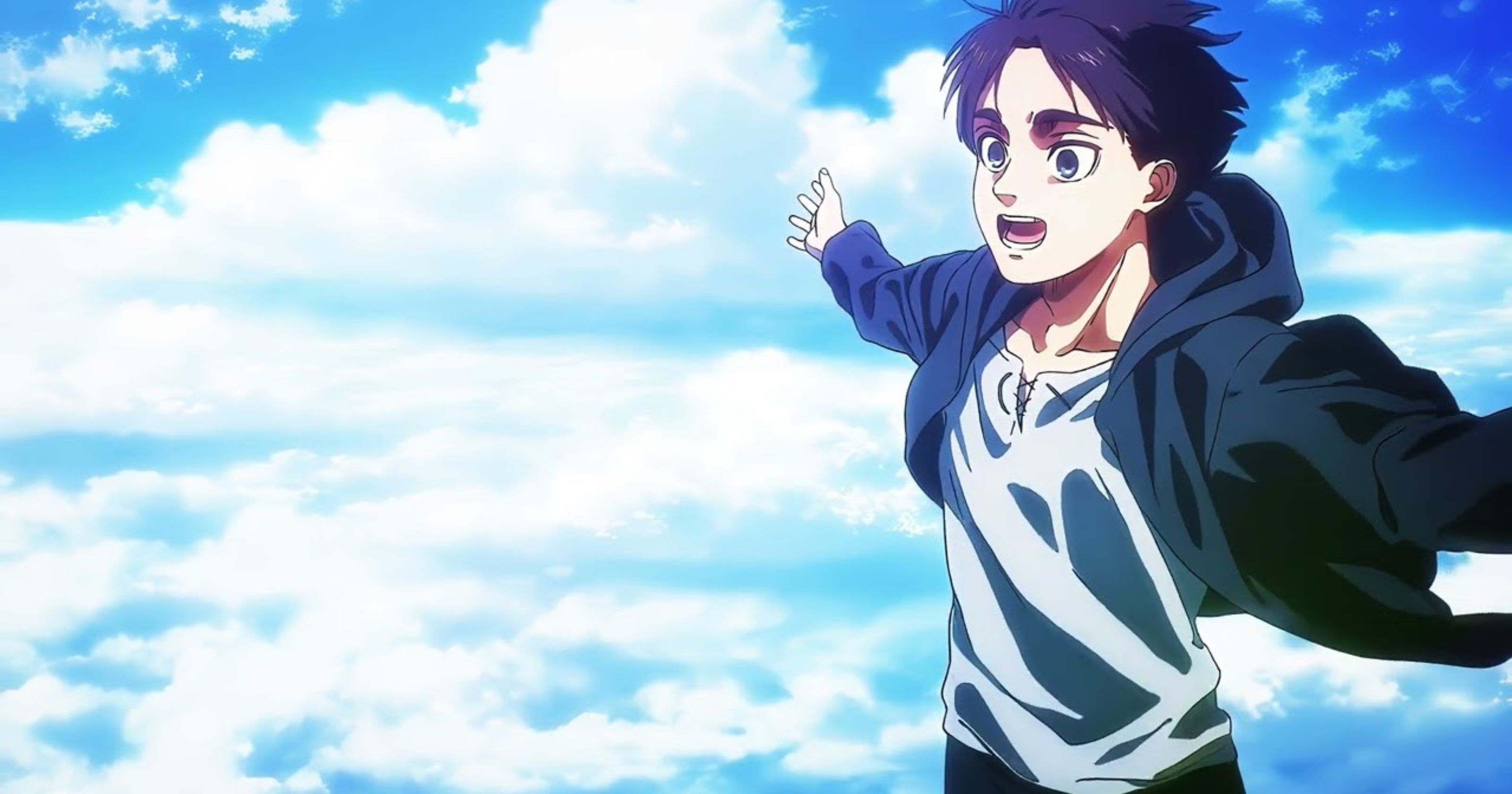
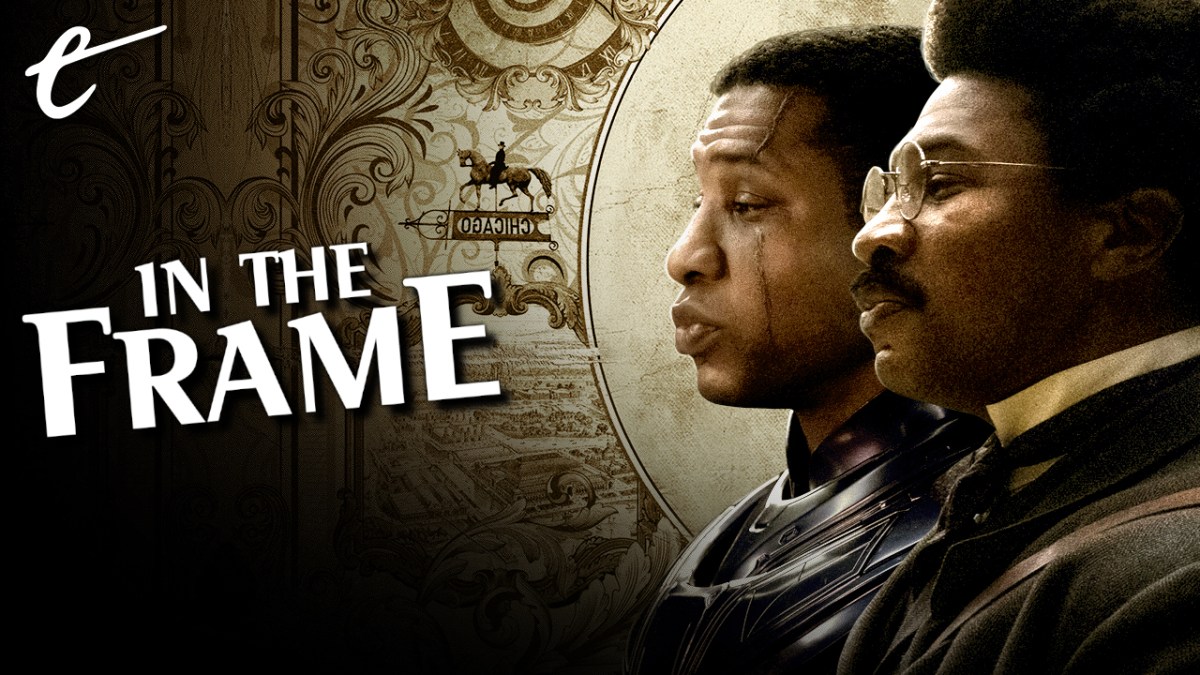

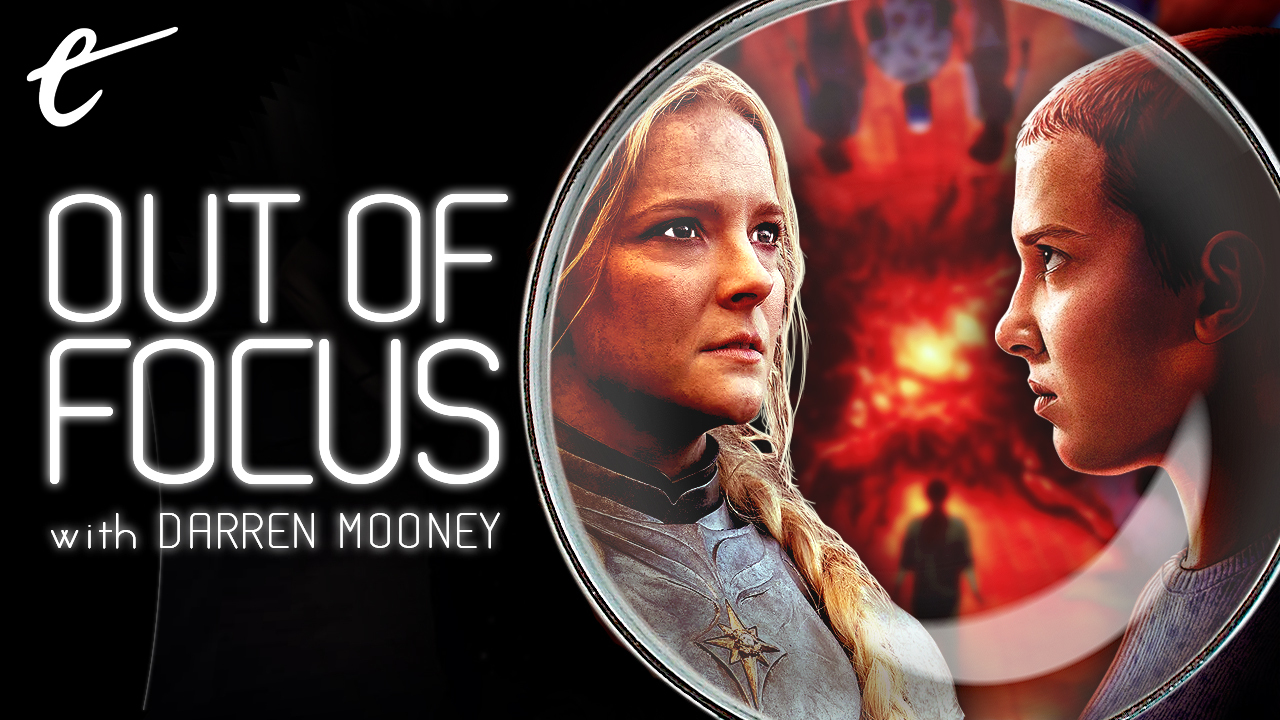
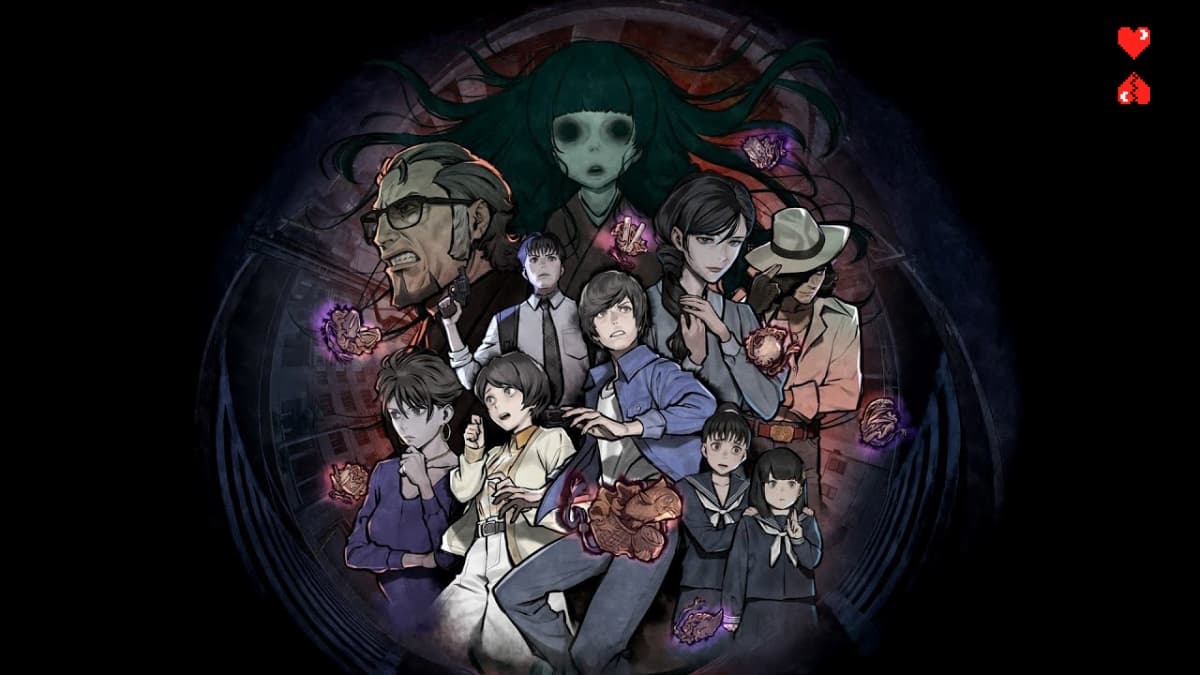
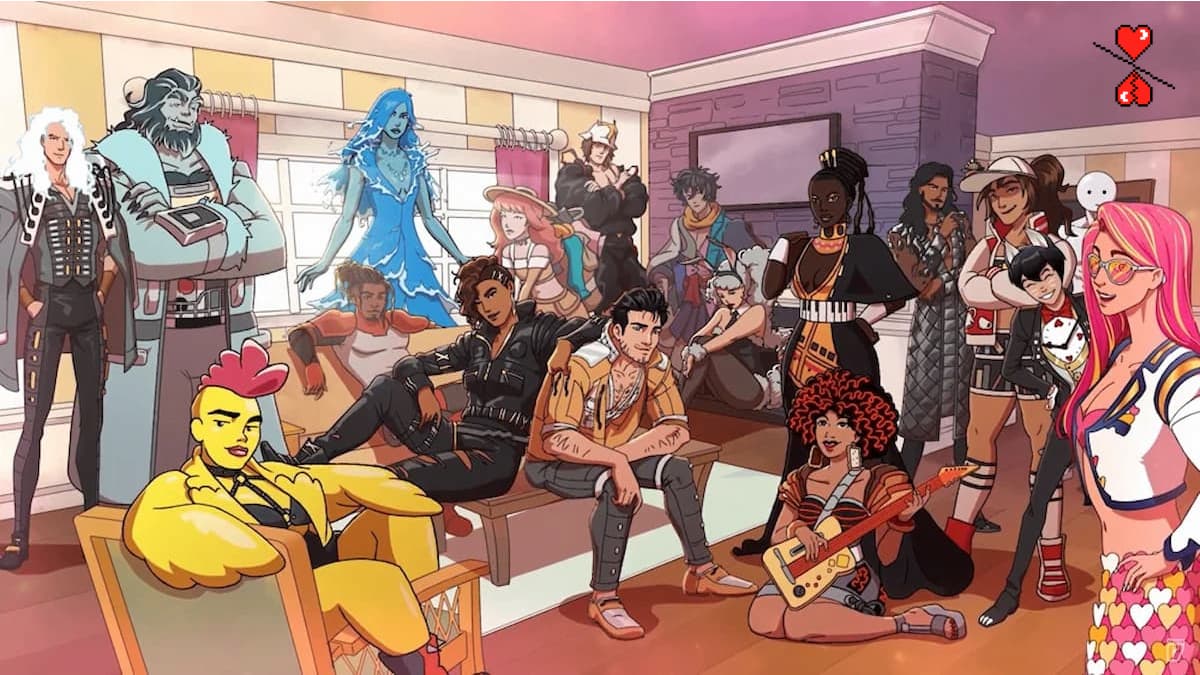


Published: Sep 13, 2021 3:00 PM UTC